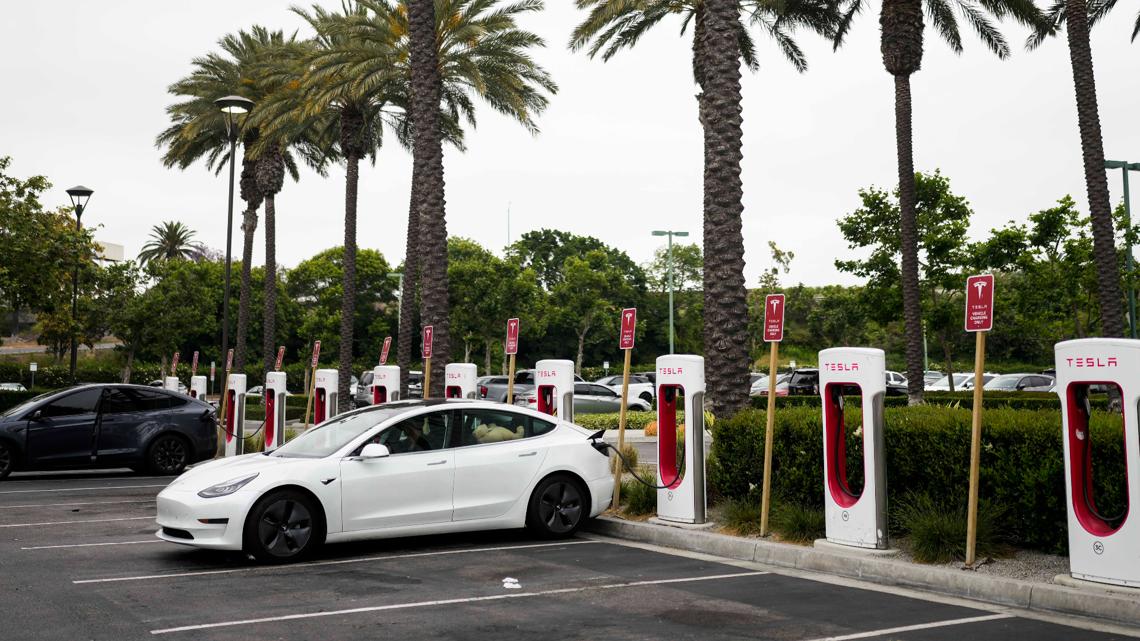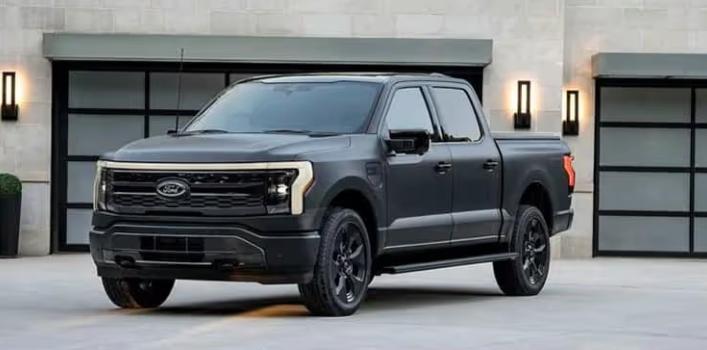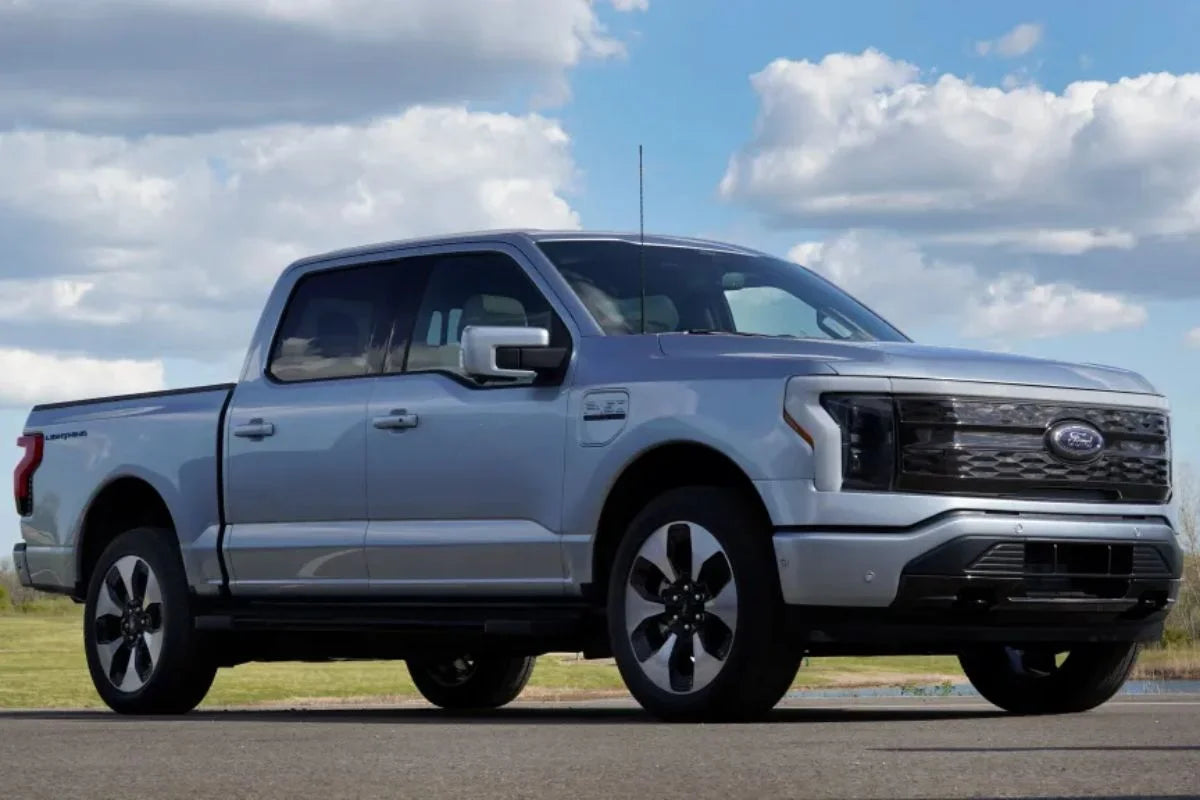As California accelerates toward a zero-emission future, a growing tension between electric vehicle (EV) infrastructure and the state’s already-burdened electrical grid has come into sharper focus. With one of the most ambitious EV adoption goals in the U.S., California faces the unique challenge of balancing increased energy demand with grid reliability—especially for EV drivers depending on fast, consistent charging across long routes.
California’s Electricity Demand: A Grid Under Pressure
California’s electrical grid is already stretched thin, particularly during periods of peak demand. In summer months, high air conditioning usage coupled with wildfire-related outages or drought-affected hydroelectricity can cause rolling blackouts. Now, with more than 1.5 million EVs on the road as of mid-2025, the demand for electricity is growing at a rate the grid was never originally designed to support.
According to the California Independent System Operator (CAISO), daily electricity usage can spike dramatically when thousands of EVs are charged simultaneously, particularly at home in the evening. The growing load from EVs compounds existing reliability risks, increasing the need for energy distribution upgrades, energy storage, and load-balancing strategies.
EV Adoption and Charging Needs
California leads the U.S. in EV ownership, and the demand is only increasing. Drivers rely heavily on Level 2 home chargers for overnight charging and fast DC chargers during longer trips. However, fast chargers draw immense power—often 50 kW to 350 kW per unit—and clusters of them can overload regional substations if not strategically managed.
Furthermore, rural and corridor travel (e.g., Interstate 5 and Highway 99) requires reliable charging networks spaced efficiently. But those same areas often lack resilient grid infrastructure, making them more vulnerable to service interruptions.

Case Study: Peak Load and Long-Distance Travel
Consider a Tesla Model Y driver traveling from San Francisco to Los Angeles. The 380-mile trip demands 1–2 fast charging sessions depending on driving conditions. If that trip occurs during a high-load period, and multiple EVs are charging at the same Supercharger site, power availability can drop, slowing charge times or even rendering stations temporarily inoperable.
This unreliability can lead to “range anxiety”—a major barrier to wider EV adoption. According to recent surveys, California drivers cite consistent fast charging access on long trips as a top concern in their decision to buy or lease an EV.

Solutions in Development
1. Grid Modernization and Energy Storage
Utilities such as PG&E and Southern California Edison are expanding investments in microgrids, battery storage (like Tesla’s Megapacks), and distributed energy resources. These upgrades help flatten demand spikes and keep charging stations functional even during outages.

2. Time-of-Use Pricing and Smart Charging
To mitigate load imbalances, California has implemented Time-of-Use (TOU) electricity pricing. EV owners who charge during off-peak hours (typically overnight or midday) can benefit from lower rates while reducing grid strain. EVSE manufacturers like EVDANCE are integrating smart scheduling into their chargers to automate these habits.
3. Solar-Powered Charging Hubs
Some fast-charging stations, particularly along I-5, now feature solar canopies with battery backup systems. Tesla’s off-grid “Oasis Supercharger” in Lost Hills is a notable example—powered by an 11 MW solar array and 10 Megapack batteries, it demonstrates how energy independence can help solve grid dependency issues.
4. NACS and Infrastructure Standardization
The rise of the North American Charging Standard (NACS), adopted by Tesla and increasingly by other automakers, is streamlining public infrastructure and making it easier to plan and optimize high-capacity charging deployments. EVDANCE’s Pulse Fusion NACS DC to CCS1 Adapter, for instance, empowers drivers of non-Tesla EVs to utilize Tesla’s extensive Supercharger network, improving redundancy and coverage.

The Role of Government Policy
California’s state agencies have acknowledged these challenges and are directing funding to reinforce the grid and expand public charging. Programs like the California Electric Vehicle Infrastructure Project (CALeVIP) offer incentives for fast charger deployment in underserved areas. In parallel, new building codes require multi-unit dwellings and commercial buildings to include EV-ready infrastructure.
However, there’s a crucial need for coordination between transportation planners, utility operators, and the EV industry. The California Energy Commission’s 2025 report stressed that “charging infrastructure must grow in tandem with generation capacity and transmission resiliency.”
Recommendations for EV Drivers
To minimize disruptions and promote efficient charging, California EV owners can adopt several best practices:
-
Plan ahead: Use apps like PlugShare or ABetterRoutePlanner to check charger availability and grid strain along your route.
-
Charge during off-peak times: Take advantage of lower TOU electricity rates and reduce load pressure.
-
Install smart chargers: Products like the EVDANCE Flux Tesla&J1772 40A Charger allow for schedule-based charging, maximizing efficiency and minimizing costs.
-
Consider backup solutions: Portable chargers and adapters, such as the EVDANCE Tesla&J1772 Extension Cord 40FT, provide flexibility when fixed infrastructure is unavailable or offline.

Looking Ahead
California’s power grid is at a pivotal juncture. The continued rise of EVs brings both opportunity and risk. Strategic infrastructure development, smart charging behaviors, and renewable energy integration are critical to ensure the state can meet the growing demand without compromising reliability. For long-distance drivers, the success of these efforts will determine whether California’s EV revolution accelerates or stalls.
Author: Lay Wen
Recommend Reading: Smart Charging in California: Understanding TOU Rates for EV Owners
Cover Photo Source: AP Photo/Jae C. Hong, File







Share:
Best EV Lease Deals and Financing Offers in July 2025
Smart Charging in California: Understanding TOU Rates for EV Owners